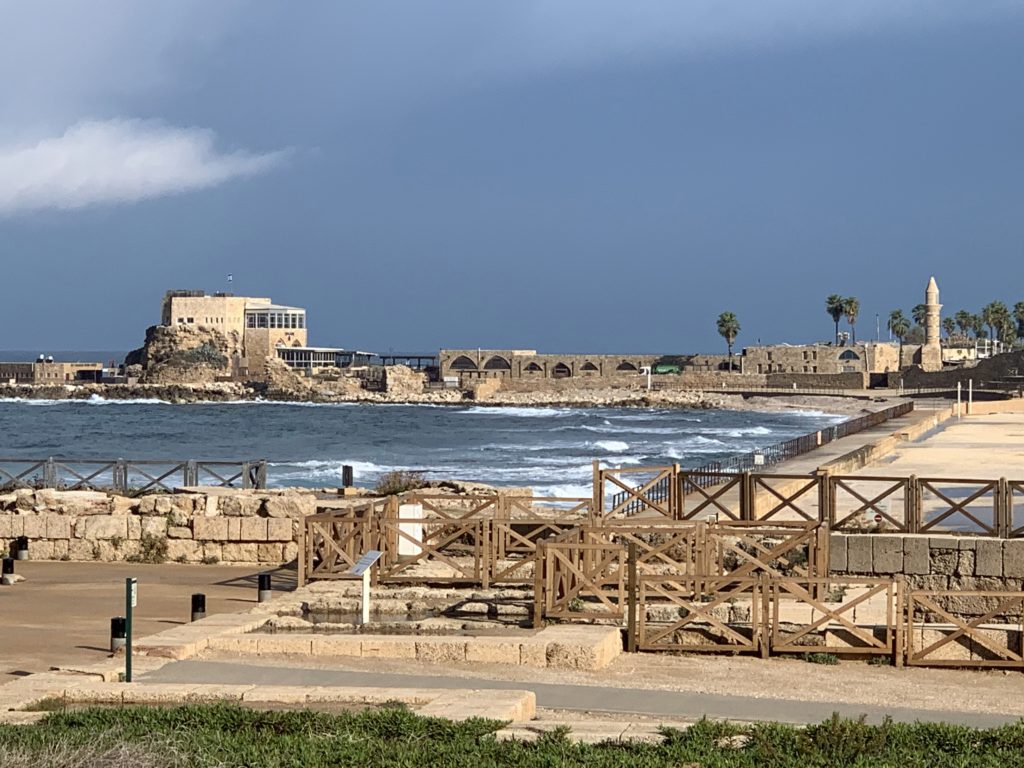Israel Research Trip, Post #7
Nazareth Most of my posts in this series up to this point have involved sites more related to the Old Testament than to the New Testament. The New Testament alone specifically mentions the town of Nazareth. The town sits about 20 miles east of the Mediterranean Sea and about 15 miles west of the Sea […]
Israel Research Trip, Post #7 Read More »




